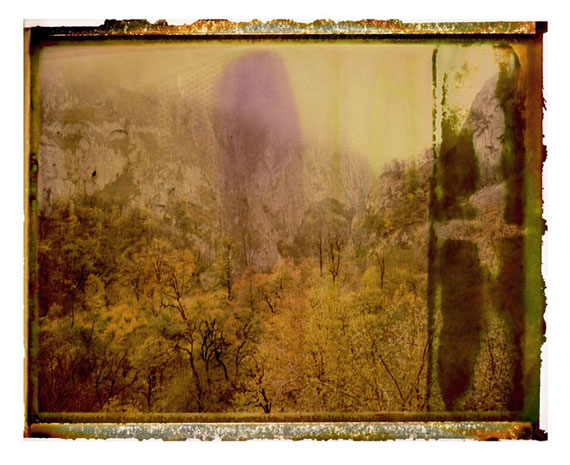
Ornamentation
Sanan Aleskerov » Fakhriyya Mammadova »
Exhibition: 1 Jun – 24 Nov 2013
Wed 29 May
Venice Biennale - AZERBAIJAN
Campo S. Stefano, San Marco 2949
Venezia
+39-41-

From Baku to Venice : six contemporary artists from the land of fire.
Fakhriyya Mammadova´s (born 1974) photographs show the fragments of a story of a young bride. The traditional Azeri wedding ceremony is observed from an exterior point of view, changing between a documentary and intimate perspective.
The Polaroid series of Sanan Aleskerov (born 1956) shows his personal vision of social and aesthetical changes in cities and landscapes in Azerbaijan. At the crossroads of Orient and Occident, Azerbaijan is surrounded by many countries and different cultures. The inhabitants have always been in contact with merchants – Arab, Chinese, Russian, Slavic etc.- who progressively introduced goods such as coffee, tea or bortsch. Later, with the oil industry development (19th-20th centuries), new influences have appeared.
Ornamentation is the main aspect of the Azerbaijani culture. The linear characteristic of the ornament is the idea of infinity of life. This feature has always been present in the national history of art. The decorative arts, which history goes back to the Paleolithic age, are among the most ancient visual languages. Rock paintings and engravings (petroglyphs) were discovered at Gobustan. Theses works present prehistoric scenes such as hunting, lifestyle, collective dance, canopy of heaven, animals and vegetables. This site highlights a cultural continuity between prehistoric and medieval times. Pattern emerged in the Upper Paleolithic period (between 35 000 and 10 000 years BC). At that time, ornament had a symbolic meaning, and consisted of geometric shapes. By this way, the people expressed their understanding of the world structure. The circle represented the sun, a triangle - the mountains, the square - the land, the spiral - the development, the swastika - the movement of the sun. In time, the signs and symbols became aesthetic expression and the ornament became more decorative. The use of ornaments represents this transition to a symbolic thinking. When the era of agricultural societies started, geometric abstraction became a real art expression by creating a complex system of symbols.�

Fakhriyya Mammadova is an artist, designer and photographer. She graduated from the Design Faculty of the Azerbaijan State Academy of Fine Art in Baku in 2005. She has been a member of the Union of Artists of Azerbaijan since 2002 and a member of the Union of Photographers of Azerbaijan since 2004. She does restoration work on ceramics and sculpture and experiments with macro-photography. In her photo installations, Mammadova uses objects and materials of differing textures. Her first work of this kind was shown in the exhibition ‘Wings of Time’ in Baku in 2000. Currently, Mammadova works with conceptual photography which aims to capture the transitory moments of life.
Sanan Aleskerov graduated with a degree in journalism from Azerbaijan State University in 1982. He worked with scientific, applied, press and other types of photography. Between 1999 and 2009, Aleskerov served as Chairman of the Artistic Council of the Union of Photographers of Azerbaijan. Since 1996 he has been teaching, and is now working with documentary photography. His work includes projects that observe urban, social and visual changes in cities and landscapes. Aleskerov’s work is held in the collection of the Museum of El Salvador Velasek, Reus, Spain, Library of the Photo, Surrey, UK, The Baku Centre of Arts, Baku, Azerbaijan and the Museum of Istiglal, Baku, Azerbaijan. It is also held in private collections in USA, Turkey, Austria, Germany, UK, Poland, Hungary, Denmark, Norway, and France.

